When I was in the military there were multiple times throughout the years that I heard the phrase, “Is the juice worth the squeeze?” It would be said in the midst of planning an operation and deciding if a certain course of action would yield effective results with the time and energy we poured into it.
I wish to look at my training the same way. Is this exercise or approach to training going to bring about sufficient results with the time I pour into it? Or will it all be in vain?
Therefore, we must approach our training by looking at multiple aspects
Time to perform the exercise
The difficulty in the movements we choose to execute
Time to recover from the exercise
Calories needed for continued progress
The effects on our wallet
Performance Increases
When it comes to building muscle there are other things we need to consider in terms of our biology. The main one I’ll be covering in this post is Myostatin.
Myostatin
“Give me the name for a protein that negatively regulates muscle growth that is also known as growth differentiation factor-8?”
Myostatin is a word that I’ve seen from time to time but haven’t delved into it too much until recently. Some folks are hard-gainers meaning that when they try to build muscle they can follow all the right training protocols, get great sleep, and eat the right foods with the result being very little progress. There are others who after doing a set of push-ups balloon up in size.
Genetics is often used to explain the difference in outcome but the myostatin within a person's muscles is the thing that causes that.
Scientists stumbled on this protein by looking at and studying animals who were jacked and compared them to their counterparts. They believed they found the perfect mechanism for this difference and started manipulating this mechanism.1 in other animals to further their research and the result was an animal that without lifting weights or participating in any intense training grew a significant amount of muscle mass.
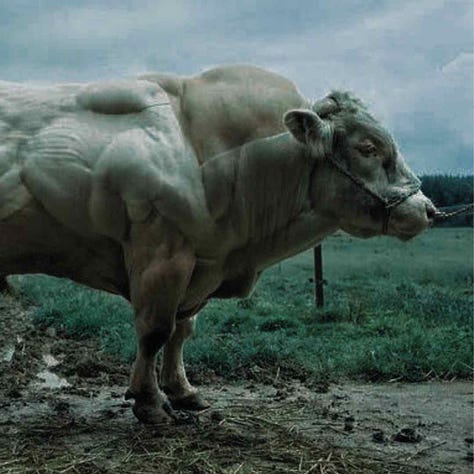
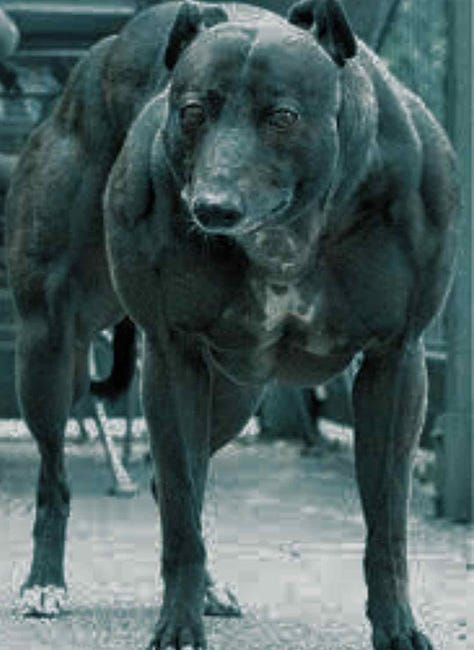

Regulation/Red tape
While dealing with regulation and bureaucratic red tape most of my adult like while part of the military-industrial complex I can tell you that I hate it. Our body has its own ways of regulating things. I believe that this may have a purpose to it. However, some(not all) have this inherent need to conquer nature to suit their own purposes partly because they believe that nature is broken and they are just the right person to fix it.
Otherwise, why travel down this path of fixing things anyways?
There are several studies about myostatin as well as drugs coming out of the woodwork that help to suppress myostatin so some people can gain more muscle from their workouts due to the fact that the antagonistic signal(myostatin) is being suppressed. You can find several videos on how to get around myostatin in more natural ways like
Full Body Workouts
Eccentric Emphasized Training
High Protein Diet
Caffeine
Creatine(which can be found in red meat)
And a few others
Myostatin makes the door to muscle growth very hard to open. We can get past it. But, how much effort will it take and will it be beneficial for our overall health?
Negative Side Effects
Finding studies that look at the bad side effects of myostatin blockage are hard to find. People want to be big and muscular so I don’t blame them. Our culture over the past few decades with bodybuilders, movies, cartoons, and anime glorify having a large muscular frame. Whenever something is supported by the mainstream, you have to go on a hunt for the information that runs counter to the narrative.
But there are some studies I would like to analyze.
Decreased Force Generation and Mitochondria
This study2 has shown that myostatin does increase muscle growth. However, that growth of muscle does not necessarily equate to a growth in force generation. What I can only assume that they mean by force generation is the ability of your muscle to contract powerfully and quickly. There are studies showing that a lack of myostatin increases strength. Strength and force generation is not always the same. You can probably lift a thousand pounds which means that your muscle fibers can powerfully activate. But being asked to out-sprint a cheetah is out of the question. In order to do the latter, your muscle fibers have to fire powerfully and quickly as you press your foot into the ground while moving forward. I have explained how to develop this through overcoming isometrics in the past.
One can think of force generation as a car's ability to go from zero to one hundred. Is the engine weaker than that on a truck? Sure? But the speed at which you’ll travel will blow your socks off.
Training should not just be for size but more for performance. I’ve gotten the size, I’ve been there. I at one point weighed 20 pounds more than I do now and got there just off of pistol squats, handstand push-ups, and pull-ups. But my past self who 2 years later was 10 pounds lighter and was heavily involved in overcoming isometrics I’d consider the more dangerous fellow.
This is not to say force generation can’t be improved over time. But referring to this list causes me to properly weigh my options in what goals I want to achieve.
Time to perform the exercise
The difficulty in the movements we choose to execute
Time to recover from the exercise
Calories needed for continued progress
The effects on our wallet
Performance Increases
Myostatin Blockage(for Building Muscle)
Tendons
Here3 and here4 in mice, it was demonstrated that myostatin helps keep the tendons in check and healthy. The tendons keep your muscle connected to the bone and are a significant factor in the strength, or force, one is able to exert without injury. The weaker the tendon is the more likely it will become damaged when all the muscle fibers fire. You can see this demonstrated in some fight-or-flight situations. I recall one
I recall one where a dude was hiking and a huge slab of rock fell on him and was causing him to slide downward to the point that he would be taken off the cliff. The body’s nervous system and muscles kicked in and he was able to push the slab of rock off of himself however most of the tendons in his upper body were separated from the bone.
The opposite, stronger tendons, will enable you to exert force free of any injury. Strength does not come from just muscles.
“A Large bicep is no more a criterion of strength than a swollen abdomen is of digestion. It is the pulling tendon of the bicep that counts… some men with thin legs are stronger than some with thick legs. Why? Because strength lies in the tendons. Those unseen tough sinews which are the second in strength and density to the bones themselves. The tendons are the powerful fibrous attachments of the muscles to the bones. They are, in short, the master key to the strength which overcomes great resistance.” (6, Samson’s Systems and Methods)
What’s required for strength
The Mind
Tendons
Muscles
Coordination
Building muscle mass takes a great deal of energy focus, food, and money. The mental grit most bodybuilders exhibit whether it's high-volume or high-intensity training is impressive. But due to mistakes and experiences in my past, I’d rather focus on the base first.
I want to have strong tendons,
I want my muscle fibers to operate with high efficiency, and
I want to move my body through space and time with more progressively difficult movements.
Whatever comes after that is a welcome addition. Myostatin is heavily regulated and has a purpose. Turning my gears to constantly try to outmaneuver this regulator through intense training that takes my time and focus from other areas is not my kinda vibe as the young kids say. Having large muscles is only part of what makes a good and healthy life. It can only part of what makes us better people.
Wrap Up
The following excerpt from a book on Joseph Greenstein encompasses part of my training philosophy.
“The spike that had twice defeated him at Zern’s was now rammed through as if by a pile driver.
I called his attention to the board. He confided a little secret to me. “I’m not young anymore, Eddie. People think I’m something because of what I can do. They don’t know me…I’m holding back. If I don’t it will shorten my life.”
I’m not trying to live to 100 but I would like to be 70 years old and punching holes through the moon.
It’s not life span it’s play span. Extend the time with which you can be functional and take care of the day's tasks well into old age.
Thank you for making it to the end and the comments are below.
Until next time…



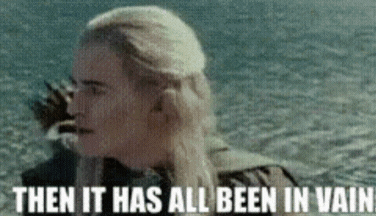

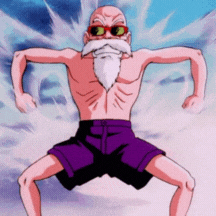
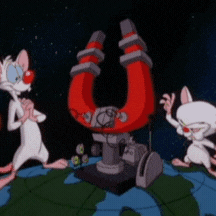


I love the car/truck analogy of force generation. Makes sense that having more muscle could weigh down mitochondrial function, as they need oxygen to function well. More resources = less oxygen to go around. I'm also fascinated with the human body and where we store most of our mitochondria - our hearts and brains, vs gorillas store in their skeletal muscle. I think this is why many centenarians I've seen are pudgy (not fat) and overall have a sharp Mack Truck mind.
BTW love the cartoons. The last couple had a synchronicity for me - the kung fu master had infrared light going through him (can penetrate deep into our bodies) and the sea creature was packing up his blue light and disappearing from existence.
I agree...play span, not life span. What good is being 100 years old if you're wearing a diaper, hauling an oxygen tank and can't see well enough to enjoy a sunset?